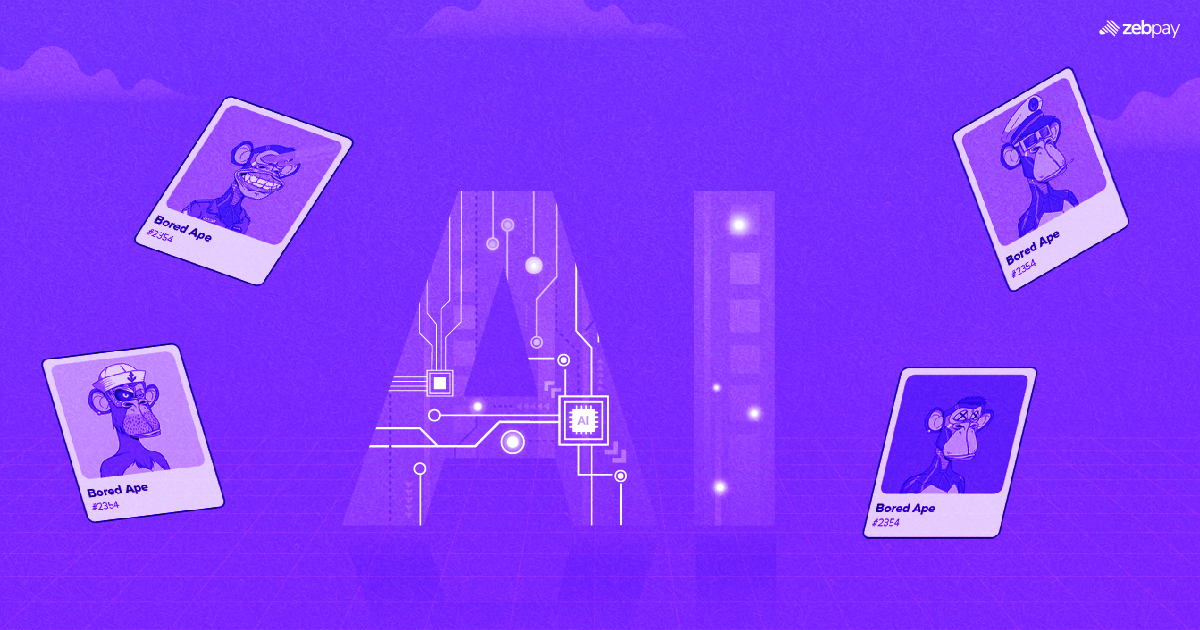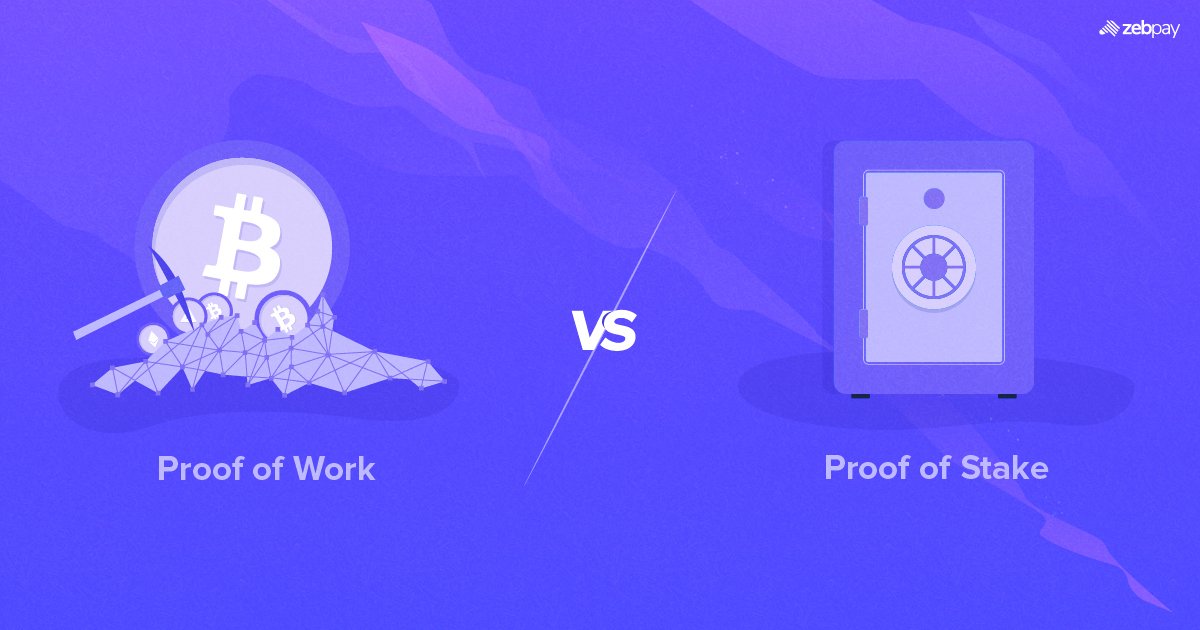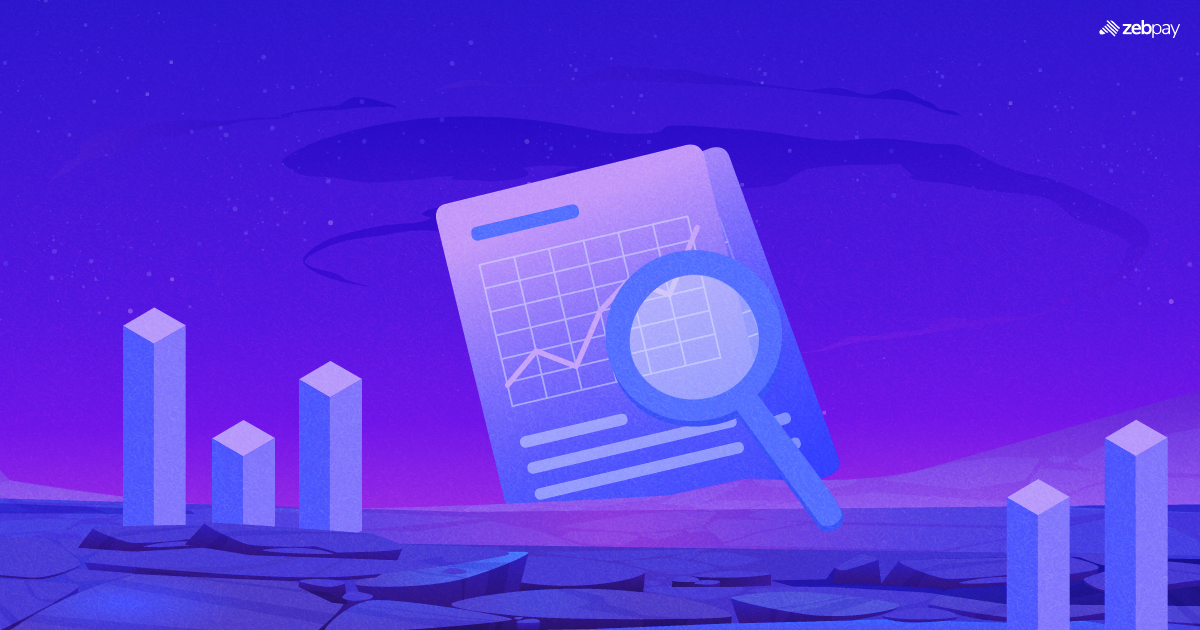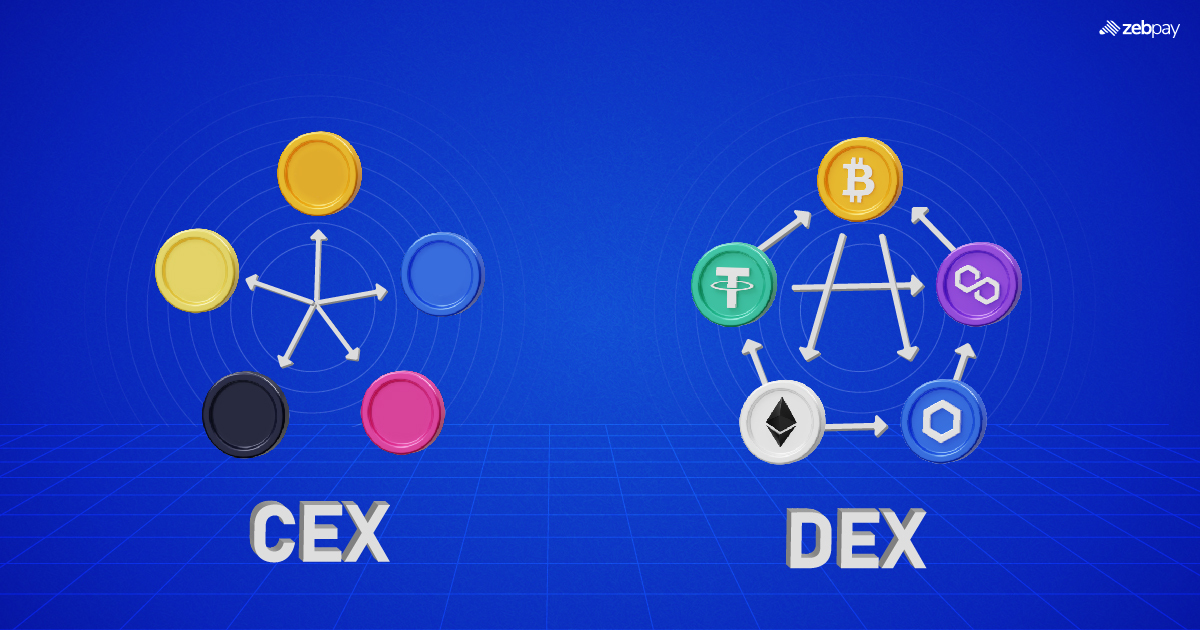The art world is currently undergoing a significant transformation with the rise of Non-Fungible tokens (NFTs), introducing fresh opportunities for both artists and collectors. These digital tokens have disrupted traditional notions of art ownership and value by representing digital or physical items on a blockchain. NFT art encompasses various mediums, including digital drawings, paintings, music, film, poetry, or books, enabling artists to extend the reach of their work beyond physical boundaries.
Artificial Intelligence (AI) has also found intriguing applications in the realm of art, capable of generating diverse forms such as paintings, music, poetry, or video. AI achieves this through the use of algorithms, data, and neural networks, producing original artworks that either imitate or challenge human creativity. Tools like Artbreeder, Amper Music, or GPT-4 allow users to generate images, music, or text based on their preferences or inputs. Moreover, AI can be utilized to enhance individual artistic skills by employing AI assistants, filters, or feedback mechanisms.
An additional avenue for incorporating AI and blockchain in the realm of art and entertainment is through the creation and distribution of art on the blockchain, which serves as a decentralized and secure ledger of transactions. Known as blockchain-based art, crypto art, or NFT art, this digital art form is verified and owned by a unique token on the blockchain. This implies that one can create, buy, sell, or collect art that possesses qualities of scarcity, authenticity, and transparency. Platforms like Rarible, OpenSea, or SuperRare facilitate the creation and exploration of crypto art. This blog aims to delve into the emergence of artificial intelligence in crypto art, exploring its convergence, diverse applications, and associated challenges.
Read more: What is Non Fungible Tokens (NFTs)
Understanding NFTs and Crypto Art
The field of art is experiencing a notable transformation due to the substantial impact of non-fungible tokens (NFTs). The advent of NFTs has ushered in fresh opportunities for artists, collectors, and art dealers, bringing about significant disruptions in the art world. Here are some examples of how NFT is transforming the art world.
Digital art ownership:
NFTs enable the ownership of digital art, addressing the previous perception of digital art as a non-fungible asset prone to easy duplication and distribution. NFTs offer a means for the ownership and authentication of digital art, thereby establishing a market for collectors and investors in the digital art space.
Artists’ revenue stream:
NFTs offer artists an additional income source, allowing them to sell their digital art as NFTs and earn a share of the proceeds with each resale. This introduces a new avenue for artists to generate income, particularly those engaged in the creation of digital art.
Art market accessibility:
NFTs have increased the accessibility of the art market for emerging artists. By utilizing NFTs, artists can circumvent the conventional art market and auction houses, directly selling their art to buyers. This can challenge the established norms of the traditional art market and promote a more democratic approach within the art industry.
Increased transparency and trust:
NFTs enhance transparency and confidence in the art market. The blockchain technology associated with NFTs ensures an unalterable record of ownership and authenticity, simplifying the process for buyers to have faith in the purchase of an authentic piece of artwork.
Read more: AI In Metaverse:The Future Of Web 3.0
Unveiling Artificial Intelligence in Art
In our advanced technological age, the emergence of artificial intelligence (AI) in art represents a groundbreaking development that is reshaping how we perceive and create art. This intersection of human creativity with technological advancements is challenging traditional perspectives on artistic creation. AI algorithms can generate original artwork by training on extensive datasets of existing art and producing new pieces. While the quality of AI-generated art varies, some pieces have found their way into galleries and auctions, showcasing the potential of this technology.
Artistic style transfer, another AI application, involves applying one artwork’s style to another through machine learning algorithms. These algorithms analyze both artworks’ features and generate a new image by blending their styles, resulting in unique artistic pieces.
However, ethical concerns arise regarding AI’s use in the art world. Questions emerge about the ownership rights of AI-generated art and whether it should be classified as intellectual property. These intricate ethical dilemmas require attention as AI continues to gain prominence in the art sphere.
The Convergence: AI-Generated NFTs
The potential of AI technology to revolutionize the production of NFTs is truly extraordinary. AI algorithms possess a remarkable ability to create unique and artistic digital assets, unlocking new dimensions of creativity and pushing the boundaries of what is achievable in the realm of NFTs. A key strength of AI algorithms lies in their capability to analyze extensive datasets, uncovering patterns and trends that are not immediately apparent to humans. Through processing diverse data, including images, text, and sounds, AI algorithms extract valuable insights, resulting in digital assets with a distinct artistic flair.
Utilizing deep neural networks and machine learning techniques, AI algorithms can generate truly one-of-a-kind NFTs. Trained on comprehensive datasets, these algorithms understand artistic styles, colours, compositions, and even emotions. This enables AI to produce digital assets that capture the essence of various art movements or blend different styles, resulting in visually stunning creations. The fusion of human creativity with AI intelligence gives rise to unique artistic expressions that may surpass what traditional means could achieve.
Ensuring the provenance and authenticity of digital creation is vital. AI algorithms play a vital role in verifying tokens by scrutinizing intricate details to detect signs of tampering or forgery. By tracking and verifying the origin of tokens through digital footprints, AI establishes trust and transparency, providing collectors and investors with the means to validate the legitimacy of their assets.
Exploring AI-Generated Crypto Art Projects
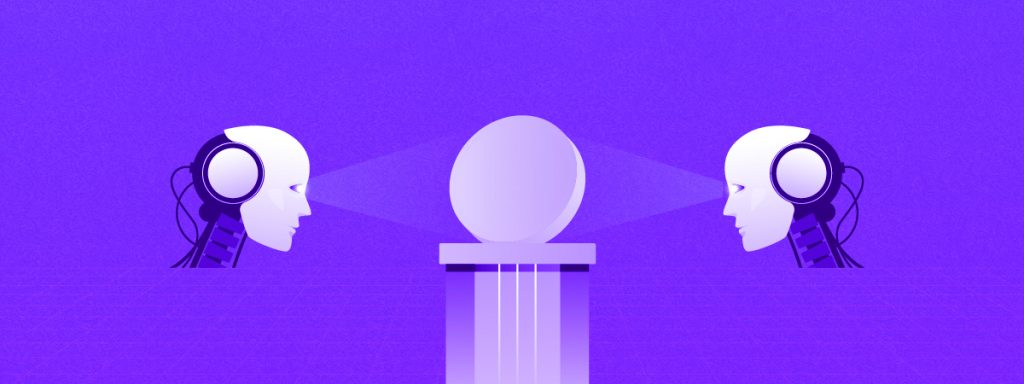
Developed by the Larva Labs studio, CryptoPunks comprises a collection of 10,000 images tokenized as NFTs on the Ethereum blockchain. Functioning as a deed of ownership to a digital item, possessing a CryptoPunks NFT means being the exclusive owner of a unique pixel avatar.
Each CryptoPunk is randomly generated from a variety of attributes, resulting in diverse designs such as people, zombies, apes, and aliens. Notably, the aliens and zombies stand out as some of the most popular avatars, commanding high sale prices.
AI-generated music involves composing music with the assistance of AI algorithms. This process entails analyzing existing music using computer software and generating new compositions based on that analysis. Typically, a vast dataset of music is fed into an AI algorithm, which then analyzes patterns and structures to create original compositions. While some argue that AI-generated music may lack the emotional depth and authenticity of human-created music, others view it as an intriguing new art form with the potential to push the boundaries of what was previously thought possible.
There is an ongoing debate revolving around whether AI has diluted or enhanced human creativity. However, an undeniable fact is that AI has played a pivotal role in broadening horizons and encouraging human artists to explore new creative avenues. AI-driven artistry does not render human creators obsolete; instead, it provides them with a platform to surpass their creative boundaries, opening the door to uncharted artistic territories.
Read more: How to Find NFT Projects
Addressing Concerns and Critiques
While AI-generated NFTs offer significant promise and potential, it is crucial to recognize and address specific challenges and limitations to ensure quality, authenticity, and ethical considerations in the NFT domain. Key challenges and limitations are listed below:
- Lack of Originality: AI algorithms heavily depend on existing datasets and patterns, potentially resulting in the creation of artworks lacking genuine originality or failing to capture the unique artistic vision of human creators.
- Ethical Considerations: Concerns arise regarding the ethical use of AI, encompassing potential breaches of copyright laws and intellectual property rights. This includes issues related to training models on copyrighted material or generating works that closely resemble the styles of existing artists.
- Algorithmic Bias: AI algorithms may inadvertently perpetuate biases present in the datasets used for training, prompting concerns about the representation and diversity of artists and artworks in AI-generated NFTs.
- Quality Control: The simplicity of AI-generated NFT creation poses a risk of flooding the market with low-quality or derivative artworks. It becomes imperative to uphold quality standards to safeguard the value and integrity of the NFT ecosystem.
The Future of AI-Generated Crypto Art
The prospects of AI in NFT creation are limitless, offering the potential to revolutionize the art industry. The collaboration between AI and NFTs opens up thrilling possibilities, ranging from immersive gaming experiences to elevated content creation and music generation. As AI algorithms progress, we anticipate witnessing even more extraordinary innovations and partnerships between human artists and intelligent machines. The integration of AI and NFTs can redefine the way we approach the creation, appreciation, and valuation of art, ushering in a dynamic and transformative era for the art industry going forward.
Read more: How To Use AI For Successful Crypto Investing
Conclusion
AI technology is fundamentally reshaping the NFT marketplace by identifying and preventing fraud, enhancing price discovery, offering personalized recommendations, simplifying content moderation, and facilitating the creation of AI-generated NFTs. As AI continues to progress, it will unlock opportunities for even more innovative applications within the NFT space. With AI at its foundation, the NFT marketplace is on track to become more secure, transparent, and inclusive, fostering a thriving and reliable environment for creators, collectors, and investors.
If you found this blog to be useful, do share it with other like-minded crypto enthusiasts. Click on the button below to begin your crypto trading journey using ZebPay.

